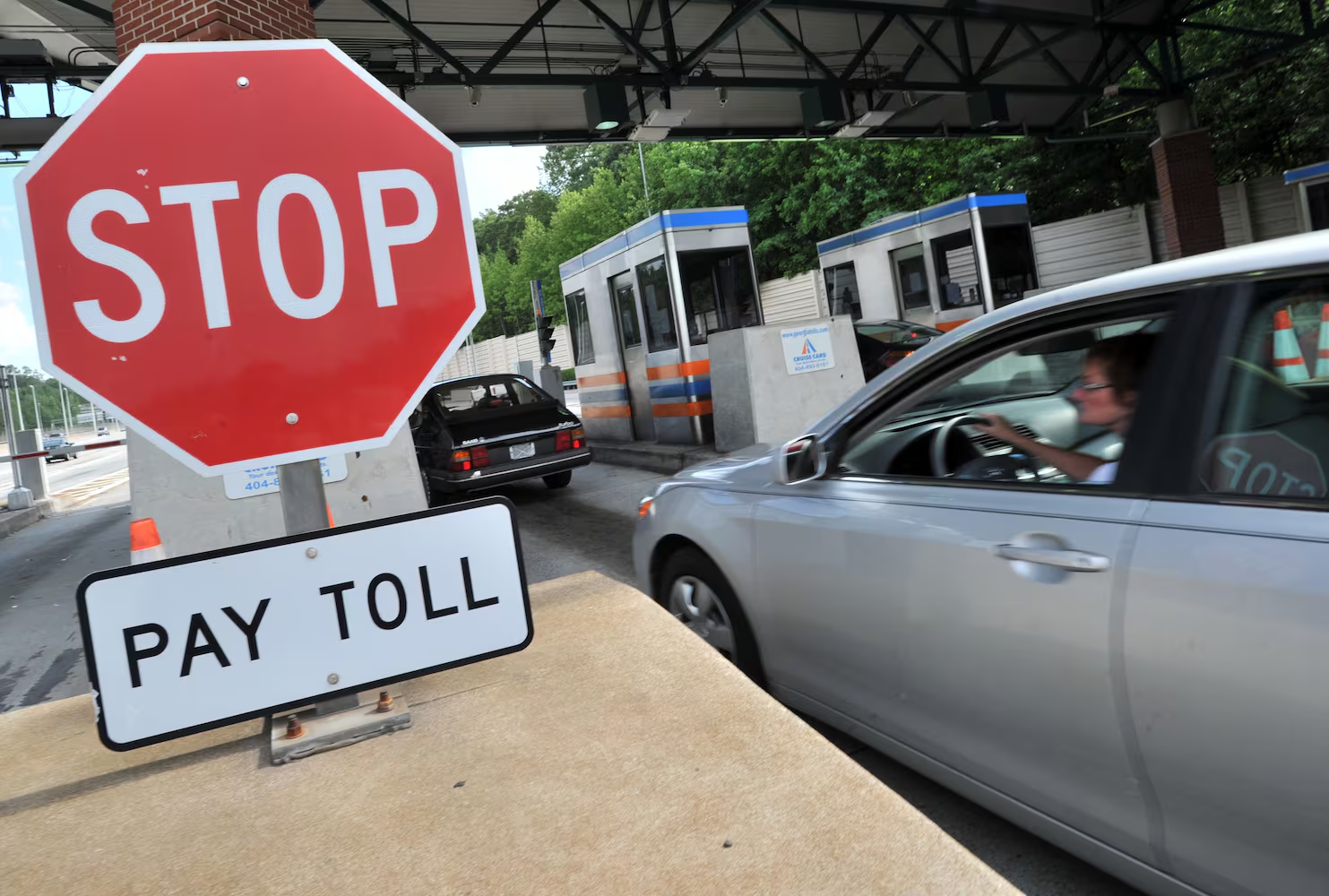
The National Council Standing Committee on Transport, Infrastructure, and Housing has proposed the introduction of toll gates on major roads across Namibia to support the funding of some key road infrastructure projects.
The recommendation follows a benchmarking visit to Zambia and Botswana, where the committee explored successful models for road financing and engaged with government officials and stakeholders to gain valuable insights into the transportation sector.
The recommendation is aimed at generating a steady revenue stream for the upkeep of vital transport routes.
“The government, through the Road Fund Administration, should consider the introduction of toll gates on major roads to generate funds for the maintenance of roads,” a report by the committee read.
This comes as the RFA has been advocating for the introduction of toll gates on Namibian roads over the years, with RFA Chief Ali Ipinge now advocating for exploring targeted tolling as a potential solution to the ongoing funding challenges facing the country’s road infrastructure.
Despite suspending toll road plans last year due to the non-conducive economic situation, the RFA is now revisiting the idea of toll collection amid concerns over the sustainability of the fund.
A feasibility study conducted by the RFA had identified 21 roads that could potentially be tolled, generating N$5.8 billion in revenue.
This revenue, the RFA said, could be used to fund capital and maintenance expenditures over five years, resulting in N$7.5 billion in additional revenue to subsidise roads across the country.
However, the committee maintained that the funds could be used for infrastructure projects and recommended that the Namibian government, through the Ministry of Works and Transport, the Ministry of Urban and Rural Development, and the National Planning Commission, launch infrastructure projects in the Zambezi Region.
Key plans include the construction of roadways in flood-prone areas and a canal network aimed at supporting local communities affected by seasonal flooding.
The government’s primary objective is to connect Impalila Island with the mainland, providing residents with year-round access to essential public services such as schools and health centres.
Currently, seasonal flooding often isolates the island, disrupting daily life and limiting access to critical amenities.
“This will improve people’s socio-economic activities as they are able to connect with families and access government public amenities such as schools and health centers,†the report read.
Additionally, the committee said that communities in Kabbe South and Kabbe North constituencies should develop a canal network.
This system will allow locals to ferry agricultural products via canals, facilitating trade and crop distribution across the region, especially during the flood season.
Namibia has a road network of approximately 49,000km, valued at N$101 billion, of which about 90% is unpaved.
Since inception, the RFA has invested more than N$20 billion in road infrastructure. Namibia ranked number one in Africa and 21 in the world in terms of quality of road infrastructure.











